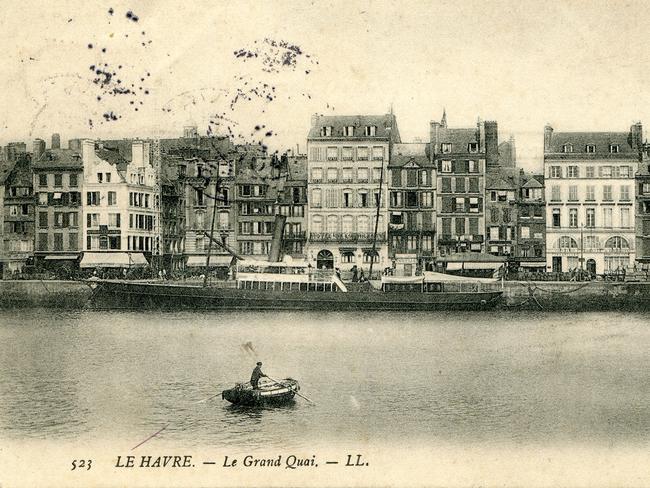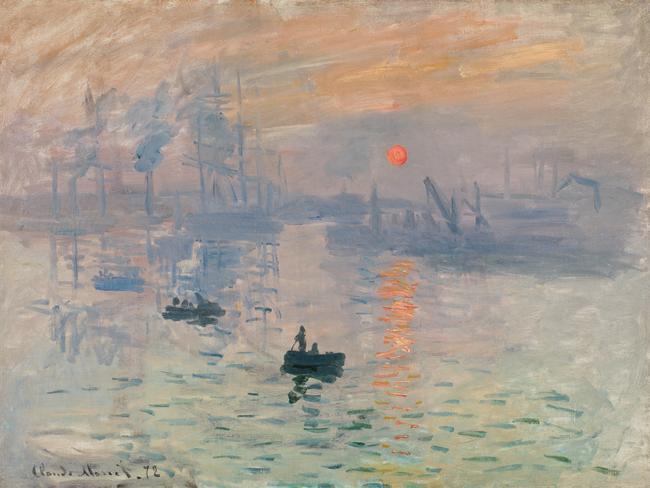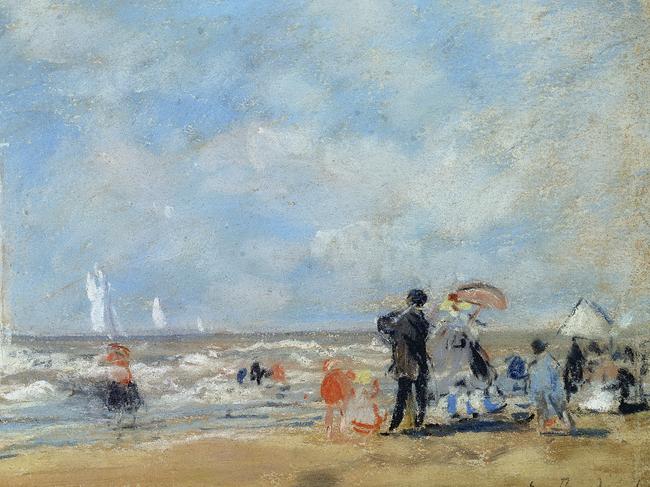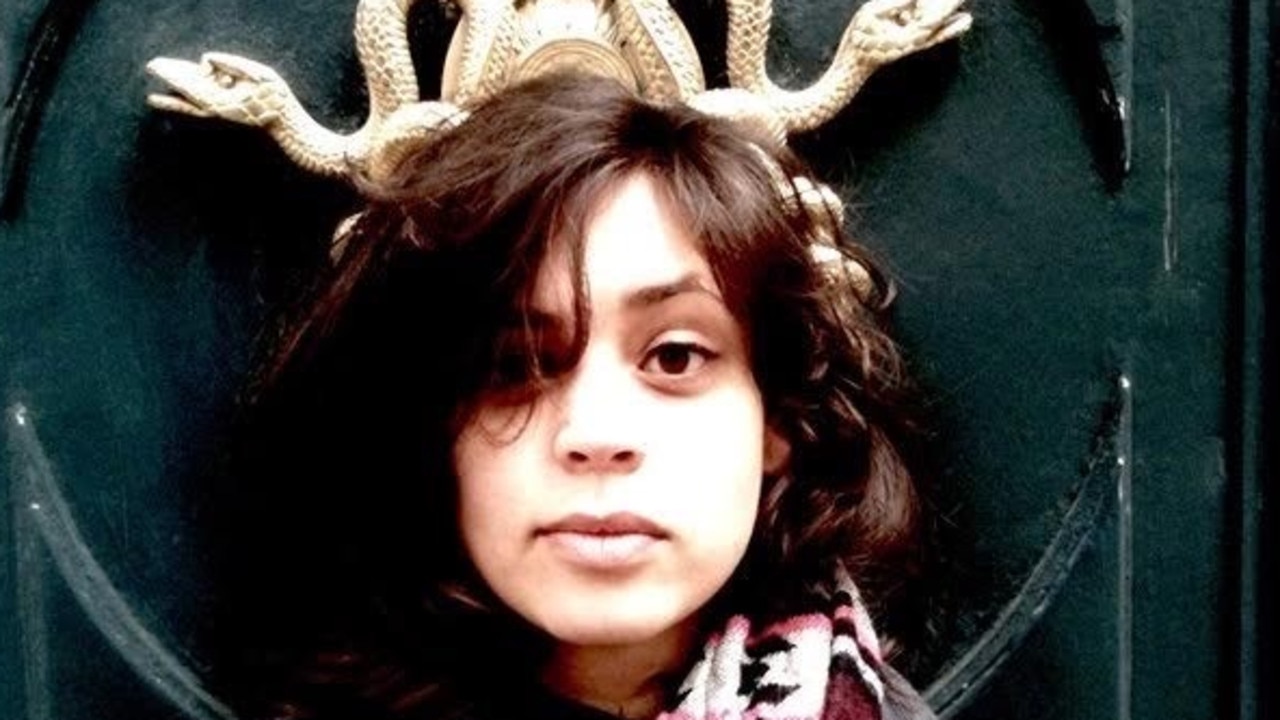Le Havre’s beauty was right on the Monet for the birth of Impressionism
Look southwest across the waters of the harbour in the French port town of Le Havre, and you are looking at the birth of Impressionism
The city of Paris is home to amazing collections of French Impressionist art. The Musee Marmottan Monet displays its incomparable holding of Claude Monet’s paintings in a former hunting lodge next to the Bois de Boulogne.
The Musee d’Orsay, in a converted grand railway station on the River Seine, is world-renowned for its Impressionist collection. And anyone walking through the city’s Tuileries Garden will stumble on the Musee de l’Orangerie, home to Monet’s sublime waterlily meditations that the artist gifted to the French state shortly before his death in 1926.
All these places should be on the list of any Impressionist pilgrim. But to find the true heart of French Impressionism, you have to take a train from the capital’s busy Gare St Lazare and travel west through the French countryside. Two hours later, you alight at a plain little railway station serving the port town of Le Havre. You drive down to the concrete apron on the northern side of the town’s harbour and look across the water to the southeast. And when you do that, you are looking at the birth of Impressionism. This is the view Monet saw in 1872 when he painted a picture that he later called Impression, sunrise. When that picture first went on view in Paris in 1874 in a group exhibition by artist rebels, critic Louis Leroy cut it down as a mere “impression”.


It was meant as an insult, but
the name stuck and the movement became wildly popular. And so Impression, sunrise — on view from today at the National Gallery of Australia — is famous for being the painting that portrayed the dawn of Impressionism itself.
Of course, Impressionism didn’t emerge in isolation. The purpose of the NGA exhibition, called Monet: Impression Sunrise, is to show the context in which Monet could stand at his hotel window in Le Havre and paint such a groundbreaking picture.
First, there were the paintings of British landscape innovator, JMW Turner, whose canvases whirl and boil with sea spray, misty sunlight and furious storms.
There was also British-born Richard Parkes Bonington, who lived in France in the early 19th century and was one of the first landscape painters active there. Other key influences on Monet were Charles Daubigny, Eugene Boudin and Camille Corot. All are represented in Monet: Impression Sunrise with paintings that show clear signs of why Monet, with his preoccupation with light and atmosphere, would find them of note.

It was no accident that Le Havre became the birthplace of Impressionism. A very pretty town on the Normandy coast before World War II bombing obliterated its old buildings, Le Havre had long attracted holiday-makers and artists.
For Monet, Le Havre was his home town. Although the artist was born in Paris, his father — seeking his fortune in the growing port — had moved the family to Le Havre when Claude Monet was five. He grew up within sight of masts, bollards and harbour traffic. He was a gifted caricaturist. But when Monet was 15 he met a local painter called Eugene Boudin, who was 16 years older, and began to paint with him. Boudin showed Monet how to paint outdoors, not in the studio like so many of the elite but, in Monet’s eyes, uninteresting Paris Salon painters. It was a formative meeting for Monet.
Although Monet left Le Havre to study art, he returned many times, often bringing artist friends including Frederic Bazille. Many artists found inspiration in Le Havre. Turner — whose landscapes Monet was greatly influenced by when he saw them in London in 1870 — came to paint around the harbour frontage. So did Impressionists like Camille Pissarro.
Artist Raoul Dufy was born in Le Havre in 1877, and the town’s beautiful art gallery, the Museum of Modern Art Andre Malraux, currently has an exhibition focusing on Dufy’s early years. Dufy’s art master in Le Havre, Charles Marie Lhuillier, had known Monet and had produced a caricature of Monet as a young man.
Many such connections emerge as you view Monet: Impression Sunrise at the National Gallery of Australia. But at the centre of it all is Le Havre, the port town destroyed in war, rebuilt to modernist architectural principles in the 1960s, and now a UNESCO world heritage site that will forever be linked to the first morning of Impressionism.
Monet: Impression Sunrise, National Gallery of Australia until September 1; nga.gov.au



